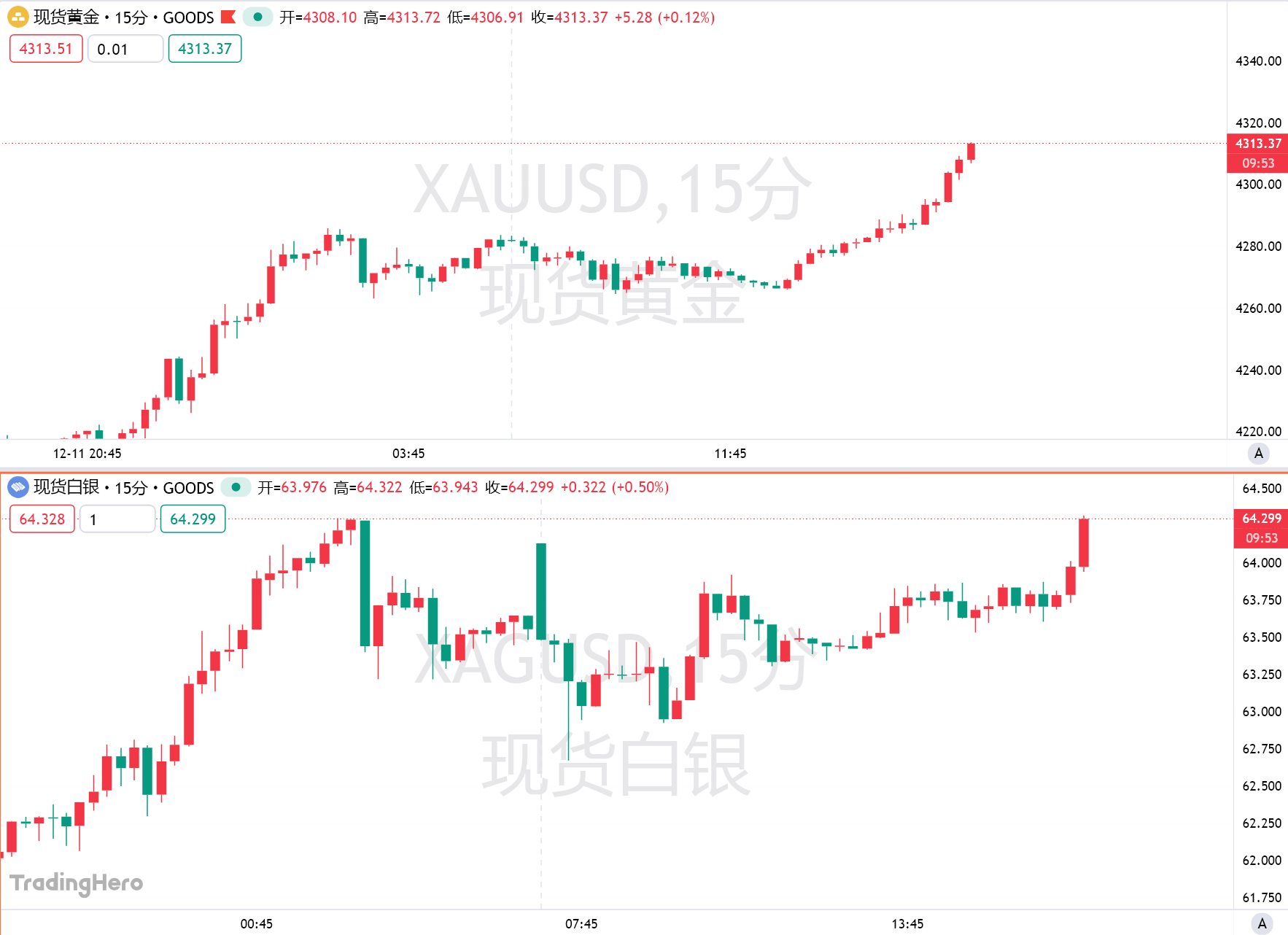Bitcoin's Evolving Risk Profile: A Gateway for Institutional Capital
- Bitcoin's volatility dropped to 30% in 2025, narrowing its 2:1 gap with gold's 15% and boosting institutional adoption. - JPMorgan estimates BTC is undervalued by $16,000 vs. gold, with 59% of institutional portfolios now allocating to Bitcoin post-BITCOIN Act. - Corporate treasury holdings (6% of BTC supply) and $132.5B ETF inflows reduced manipulation risks but exposed late-2025 divergence from gold. - Analysts warn Bitcoin's reduced volatility may limit future outperformance, despite retaining digital
Bitcoin’s journey from a speculative asset to a cornerstone of institutional portfolios has been marked by a dramatic shift in its risk profile. In 2025, Bitcoin’s volatility plummeted to historic lows of 30%, narrowing the gap with gold’s 15% volatility and creating a 2:1 volatility ratio between the two assets [1]. This convergence has redefined Bitcoin’s appeal, positioning it as a less volatile alternative to traditional safe-haven assets while retaining its digital-native advantages.
The implications for institutional capital are profound. JPMorgan estimates Bitcoin is undervalued by $16,000 relative to gold, citing its improved volatility metrics and growing corporate adoption [1]. Over 6% of Bitcoin’s total supply is now held in corporate treasuries, enhancing liquidity and reducing market manipulation risks [1]. This shift has been amplified by the U.S. BITCOIN Act of 2025, which catalyzed $132.5 billion in spot ETF inflows, with 59% of institutional portfolios now allocating to Bitcoin [2].
However, Bitcoin’s evolving risk profile is not without challenges. While it outperformed gold and the S&P 500 by 375.5% from 2023 to 2025, late-2025 market dynamics revealed a divergence: gold rose 16% while Bitcoin fell over 6% [4]. Analysts like Mike McGlone of Bloomberg Intelligence warn that Bitcoin’s reduced volatility may erode its speculative allure, potentially limiting its ability to outperform gold in future cycles [3].
For institutional investors, the key lies in balancing Bitcoin’s newfound stability with its historical growth potential. The asset’s transition from a high-risk, high-reward proposition to a more predictable store of value mirrors gold’s role in diversified portfolios. Yet, as Bitcoin’s volatility aligns with gold’s, its unique advantages—such as programmability and 24/7 liquidity—remain underappreciated.
The coming months will test whether Bitcoin can sustain its institutional momentum amid macroeconomic shifts. While the volatility convergence has opened the door for large-scale capital, the recent divergence underscores the need for nuanced strategies that account for both digital and traditional market dynamics.
**Source:[1] Bitcoin (BTC) Price Prediction: JPMorgan Says BTC Undervalued Versus Gold as Volatility Drops to Record Low [2] Bitcoin as a Corporate Treasury Strategy: Why Institutional Adoption Outperforms Traditional Assets [3] Bitcoin's Volatility Hits Record Low Versus Gold, Raising Doubts Over Future Outperformance [4] Gold and Bitcoin Decouple. What's Driving the Divergence?
Disclaimer: The content of this article solely reflects the author's opinion and does not represent the platform in any capacity. This article is not intended to serve as a reference for making investment decisions.
You may also like
A decade-long tug-of-war ends: "Crypto Market Structure Bill" sprints to the Senate
At the Blockchain Association Policy Summit, U.S. Senators Gillibrand and Lummis stated that the "Crypto Market Structure Bill" is expected to have its draft released by the end of this week, with revisions and hearings scheduled for next week. The bill aims to establish clear boundaries for digital assets by adopting a classification-based regulatory framework, clearly distinguishing between digital commodities and digital securities, and providing a pathway for exemptions for mature blockchains to ensure that regulation does not stifle technological progress. The bill also requires digital commodity trading platforms to register with the CFTC and establishes a joint advisory committee to prevent regulatory gaps or overlapping oversight. Summary generated by Mars AI. The accuracy and completeness of this summary, generated by the Mars AI model, is still being iteratively updated.

Gold surpasses the $4,310 mark—Is the "bull frenzy" returning?
Boosted by expectations of further easing from the Federal Reserve, gold has risen for four consecutive days. Technical indicators show strong bullish signals, but there remains one more hurdle before reaching a new all-time high.

Trend Research: Why Are We Still Bullish on ETH?
Against the backdrop of relatively accommodative expectations in both China and the US, which suppress asset downside volatility, and with extreme fear and capital sentiment not yet fully recovered, ETH remains in a favorable "buy zone."
